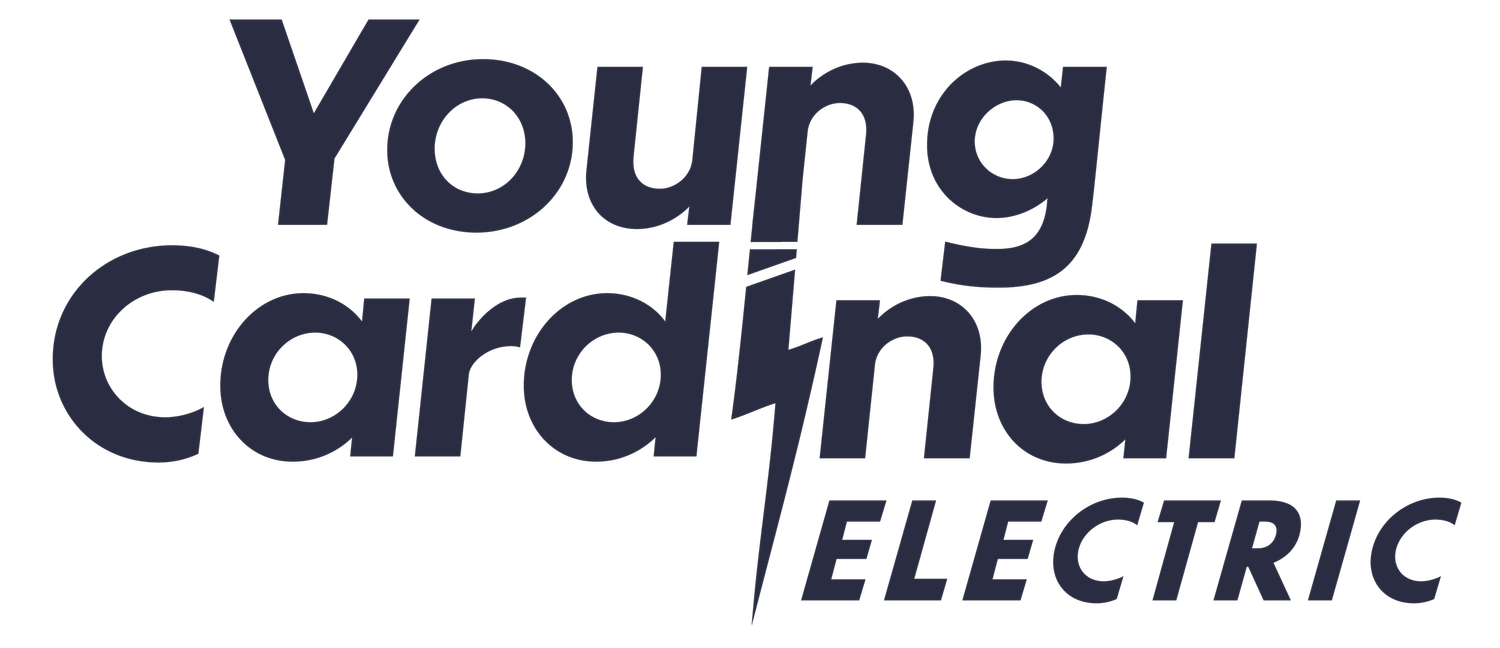Guide to Home Standby Generator Installation
No matter where you live, owning a standby generator can significantly enhance the safety and stability of your household. Join us today as we explore the benefits of having this backup generator in place, as well as how to plan ahead for your standby generator installation.
What is a home standby generator?
Unlike portable generators, these backup power systems (think Generac generators) are permanently affixed to the foundation of your property and are directly integrated into your home’s electrical services. This powerful investment ensures that even in the event of a total power outage, your loved ones and belongings will remain safe with a continued power source to rely on.
Single fuel vs multi fuel generators
Generators, like cars, will need a fuel source in order to operate. When looking into standby generators, there are usually two options to choose from: single fuel generators and multi-fuel generators. Single-fuel generators can only function when using one specific type of fuel. However, multi-fuel generators are versatile and can run on more than one type of fuel.
Considerations for generator installation
In addition to determining what type of fuel system you’d like your generator to have, it’s also important to consider a few factors prior to purchasing a unit. Consider the unit’s placement given potential zoning requirements, as well as how much power your home needs to maintain all critical systems. Mapping out these requirements beforehand will make the installation process much smoother.
Where will your Standby generator be installed?
Selecting the appropriate installation location for your generator is crucial. To ensure your home’s safety and the ability of your generator to work effectively, consider these guidelines:
Selecting your generator installation site
The installation site should be located at least 5 feet away from the exterior of the home, but close enough to the electrical panel or breaker box that long wires do not affect the efficiency of the unit. It’s important to note that the unit will need effective ventilation for its exhaust and may make some noise when in use.
Prepping for your generator installation
Once you’ve decided that a standby generator is the right fit for your home, it’s time to start preparing for a seamless installation. Before the equipment can be properly installed, be sure you have the appropriate permits if necessary. You’ll also want to clear the installation site beforehand. Since the surface the generator sits on needs to be perfectly level, many homeowners choose to install concrete slab for this purpose.
How long will your Stanby generator installation take?
The duration of your standby generator installation depends on a few factors. However, most homeowners can expect their installation to take around one to two days to complete. The weather, your home electrical system, and the availability of licensed electricians can all impact how long it takes to get the job done.
How much does a Standby generator installation cost?
The cost of standby generator installation can vary based on your state, the current demand, and the electrical system of your home. If you need any electrical maintenance or repairs, then the average cost of installation can increase. In most cases, though, homeowners can expect to spend around $1,500 to $3,000 for standby generator installation.
How much does your generator cost?
The overall cost of the generator itself will depend on the brand, the model, and the size you select to power your property effectively. On average, homeowners pay a minimum of $3,000 for a smaller unit and closer to $10,000 for larger standby generators.
How much will your generator have to power?
Standby generators pick up your home's power where the electricity left off through the use of an automatic or manual transfer switch. It’s important to understand that the size of the generator needs to be powerful enough to account for all your basics. Be sure to factor in appliances such as your air conditioner.
What’s the fuel source for your home generator?
Natural gas, propane, or diesel are popular fuel sources for generators. If you’re connecting to an existing gas line, or if a new tank is needed on the property to store propane, you could incur additional installation costs.
Get your generator prepped for storm season with the pros at Young Cardinal
To ensure your generator is always ready for storm season, trust the experts at Young Cardinal. Our professional team of electrical contractors can handle everything from site assessment to installation, ensuring your home is protected during any power outage. Don’t wait until a bad storm hits — contact us and get your standby generator installation and maintenance from the pros!

